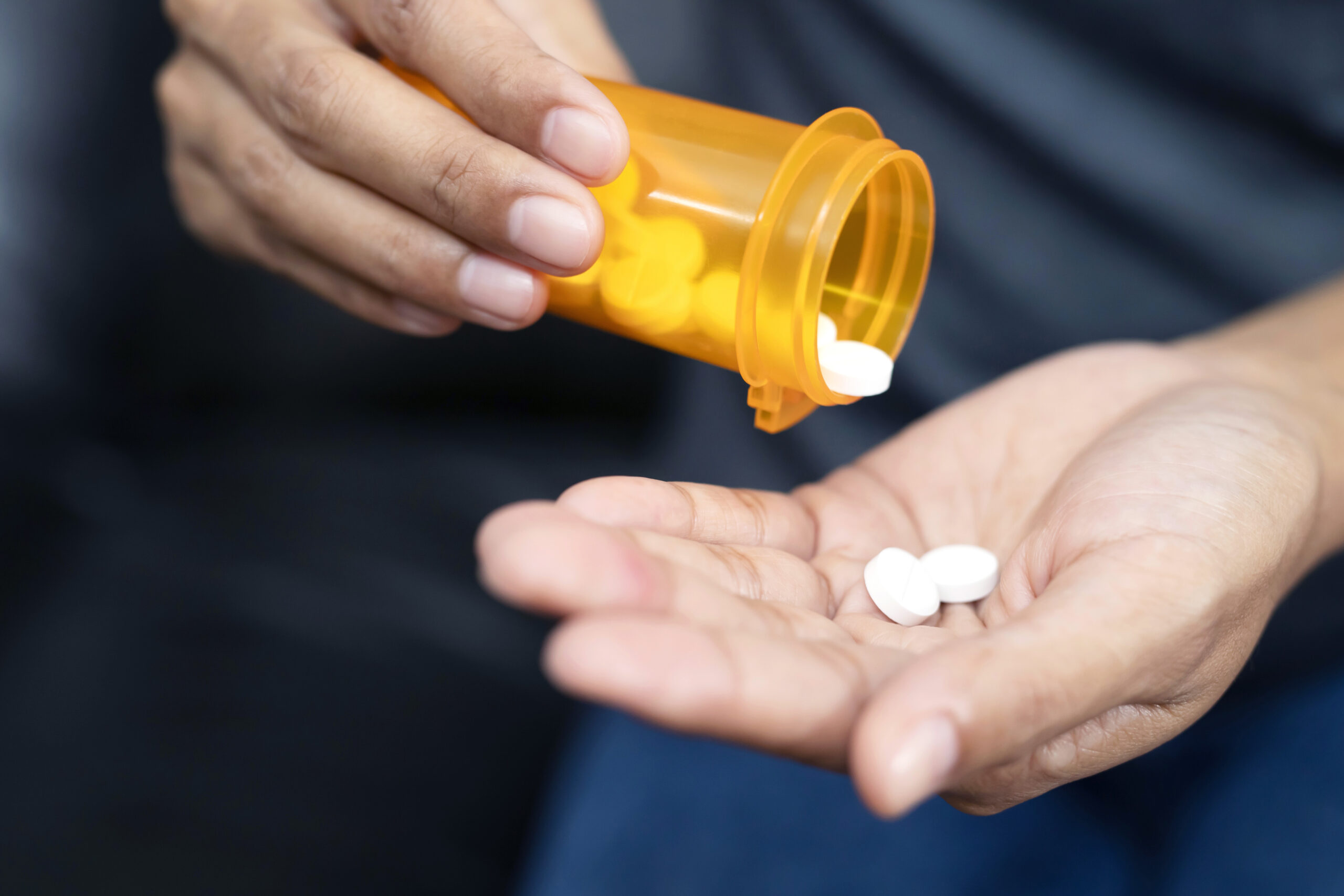
How to Read CBD Product Labels: A Simple Guide
How to Read CBD Product Labels: A Simple Guide
As the popularity of CBD continues to grow, so does the number of products on the market. With so many options available, understanding how to read a CBD label is essential for making informed and safe choices. In this simple guide, we’ll break down what to look for on a CBD product label, what common terms mean, and how to spot quality products.
Disclaimer: CBD products are not approved by the FDA to diagnose, treat, cure, or prevent any disease. Always consult with a healthcare professional before using any new supplement, especially if you are pregnant, nursing, or taking medications.
Why CBD Labeling Matters
CBD labels provide important information about what you’re putting into your body. Whether you’re new to CBD or a seasoned user, reading and understanding product labels helps you:
- Know how much CBD you’re consuming.
- Verify product quality and safety.
- Avoid misleading marketing claims
- Choose the right product for your wellness goals.
Key Information to Look for on a CBD Product Label
Here’s a breakdown of the most important elements to review when reading a CBD label:
CBD Content (in mg)
CBD strength is typically displayed in milligrams (mg). Look for:
- Total CBD per package (e.g., 500mg per bottle)
- CBD per serving (e.g., 25mg per gummy)
Pro Tip: Be sure to compare total CBD vs. serving size to understand the potency.
Type of CBD Used
CBD comes in three common types:
- Full-spectrum CBD: Contains all cannabinoids (including <0.3% THC), terpenes, and plant compounds.
- Broad-spectrum CBD: Similar to full-spectrum, but with THC removed.
- CBD Isolate: Pure CBD with no other cannabinoids or terpenes.
Each type offers different benefits based on your preferences, sensitivity to THC, and desired results.
Third-Party Lab Testing (COA)
A Certificate of Analysis (COA) from an independent lab verifies:
- The actual CBD and THC content
- The absence of contaminants (pesticides, heavy metals, solvents).
- Compliance with legal THC limits (<0.3% Delta-9 THC).
Ingredients List
Like food labels, CBD labels should list all active and inactive ingredients. Common ingredients include:
- Carrier oils (like MCT or hemp seed oil)
- Natural flavors or sweeteners
- Additional botanicals (like melatonin or turmeric)
Avoid products with artificial additives, unknown chemical names, or excess sugars.
Suggested Use and Serving Size
Legitimate CBD products provide usage instructions, such as:
- Recommended dosage (e.g., 1 softgel daily)
- How to take it (e.g., chew, swallow, hold under tongue)
Start low and go slow—especially if you’re new to CBD.
THC Content Disclosure
Federal law requires CBD products to contain less than 0.3% THC by dry weight. Labels may include:
- “THC-Free” (broad-spectrum or isolate)
- “Contains <0.3% THC” (full-spectrum)
Always verify this with the third-party lab test if you’re concerned about drug testing.
Warnings and FDA Disclaimer
FDA-compliant CBD products will typically display:
- A clear FDA disclaimer (e.g., “This product is not intended to diagnose, treat, cure, or prevent any disease.”)
- Age restrictions (e.g., “Not for use under 18 years of age”)
- Medical caution (e.g., “Consult your physician before use”)
Red Flags to Watch Out For
Be cautious of products with:
- No lab test results available.
- Unclear CBD dosage or vague descriptions like “high potency.”
- Medical claims such as “cures pain” or “treats anxiety.” These are not FDA-approved statements.
- Cheap pricing that seems too good to be true—quality CBD extraction and testing cost money.
Final Thoughts: Choose Quality and Transparency
Reading CBD labels doesn’t have to be complicated. Once you know what to look for—CBD content, type, testing, ingredients, and FDA disclaimers—you can confidently choose products that are safe, high quality, and right for your wellness routine.
At Sensi CBD Products, we’re committed to transparency and quality. Every product includes clear labeling, lab test verification, and ingredients you can trust.
Frequently Asked Questions
Q: Are CBD products regulated by the FDA?
A: Currently, the FDA does not regulate over-the-counter CBD products, with the exception of Epidiolex (a prescription medication for epilepsy). Consumers should rely on reputable brands and third-party testing for assurance of quality and safety.
Q: Can I use CBD for a specific health condition?
A: CBD is not approved by the FDA to treat, diagnose, or cure any medical conditions. Always talk with your doctor before using CBD for any health-related purpose.
Latest News


CBD and Arthritis: Natural Relief for Joint Pain and Inflammation
CBD and Arthritis: Natural Relief for Joint Pain and Inflammation Freedom of movement

CBD and Gastrointestinal Health: Can CBD Help with Digestive Issues?
CBD and Gastrointestinal Health: Can CBD Help with Digestive Issues? Understanding Digestive Health

